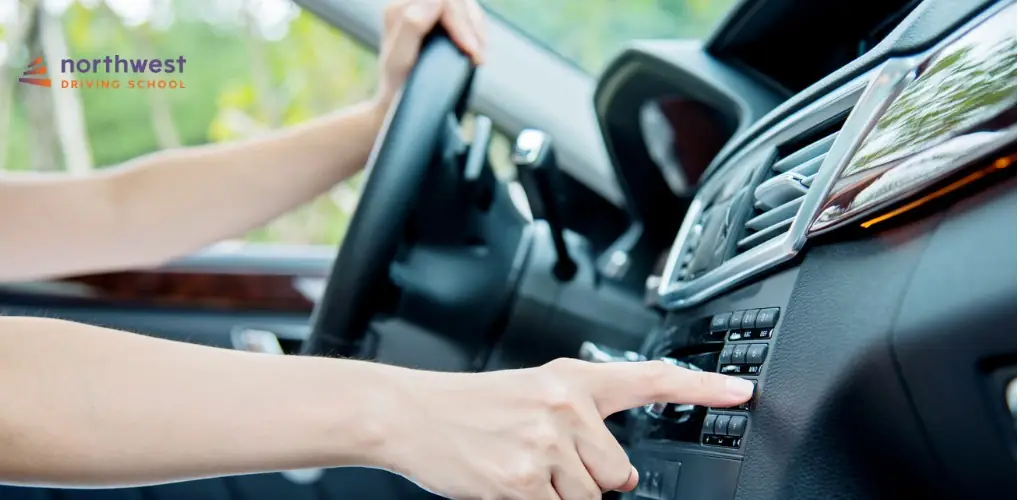- Driving School
Car Dashboard: What You Need To Know

Your car’s dashboard has essential information that helps you stay safe and maintain your vehicle for optimal performance. Any driver should know how different symbols and gauges are understood on the dashboard. This article will explain the common parts of a dashboard, explaining what each one means and how to act when something appears to go wrong.
Read More: Essential Driver Safety Features To Look For In A New Car
Table of Contents
1. Speedometer
One of the most recognizable features is the speedometer. It records most vehicle speeds in mph and km/h, showing the car’s running rate. It helps you to keep a safe, legal traveling speed.
It is essential to keep an eye on the speedometer, as there will be zones one drive through with varying speed limits, such as school zones and highways.
2. Fuel Gauge
The fuel gauge tells you how much gasoline is left in the car’s main tank. It is typically represented by a tiny needle that points between “F” for complete and “E” for empty. Some vehicles also include a digital display showing how many miles you can drive before running out of fuel.
Running out of gasoline can leave you stranded, so a good habit is to fill up your car’s tank at lower levels and never wait until the last drop of fuel remains.
3. Temperature Indicator
The temperature gauge lets one know just how hot the engine is. It usually features a scale that ranges from “C” for cold to “H” for hot. If the needle is anywhere near “H,” your engine is overheating, which is damaging. Should you feel the temperature gauge skyrocketing too high, pull over to let the engine cool before you continue driving. This could result in costly repairs, so paying attention to this part of your dashboard is essential.
4. Warning Lights
Some small symbols light up on your display when something needs attention. These lights are usually color-coded: greens and blues are ‘informative,’ yellow says ‘caution,’ and red means ‘stop. ‘There’s a serious problem here that needs immediate attention.
Some of them are the:
Check engine light: This shows the problems in your car’s engine or any other system.
Oil pressure light-on: When this light turns on, it shows a problem with the car’s oil that could lead to engine damage in your vehicle over time.
Battery light-on: This indicates a problem with the car’s electrical system or battery.
5. Odometer
The odometer records your car’s miles or kilometers from the factory. In most cars, it is located near the speedometer; hence, it is of excellent service. It lets you know when you are due for maintenance updates such as oil changes or tire rotations and when you are due for a more thorough check-up.
6. Tachometer
The tachometer is the gauge that shows the revolutions in your car’s engine per minute. Most drivers don’t have to watch their tachometer closely. However, knowing your engine could be working is better. If your RPMs are incredibly high for an extended period, damage may occur to your engine. The tachometer is significant for stick-shift drivers because it helps them know where to shift the gears.
Conclusion
Understanding your car’s dashboard is critical to being a secure and confident driver. Knowing what the gauges and lights mean can help you better care for your vehicle and quickly recognize when something is off.
Want to become a better driver? Want to learn something about your car? Northwest Driving School is the place to get started. Our instructors will teach you everything you need to know to become a confident driver in no time. Whether you’re looking for driving lessons in Las Vegas or simply want to better understand your vehicle, we’re here to help!


